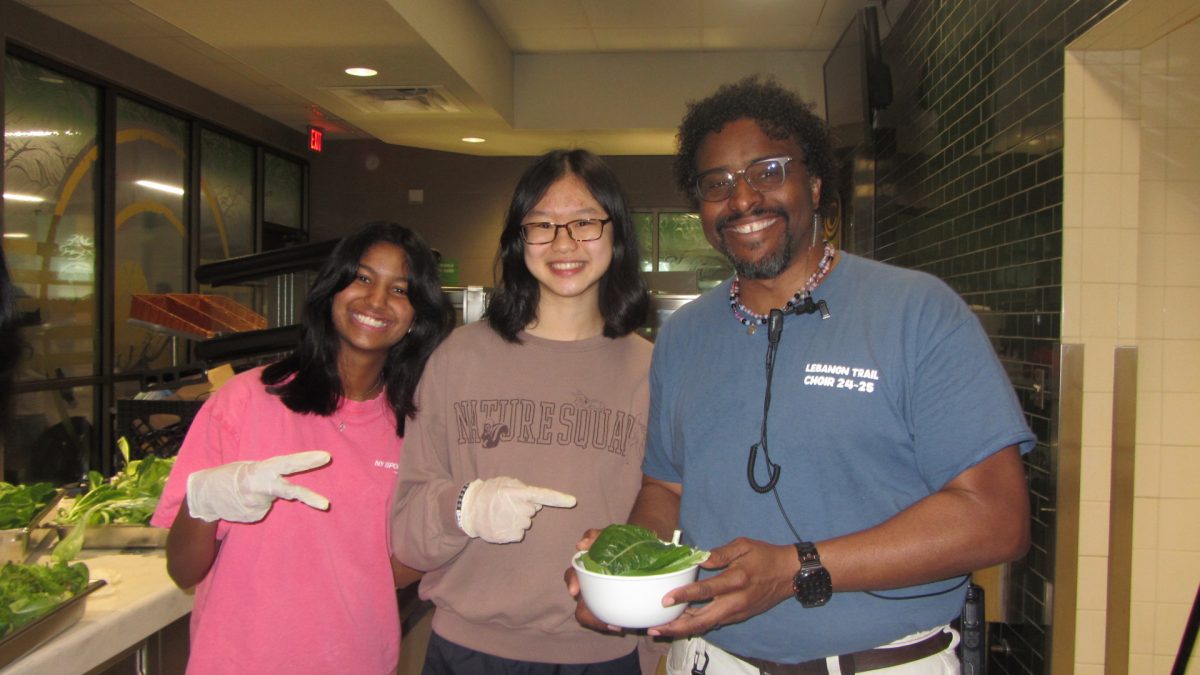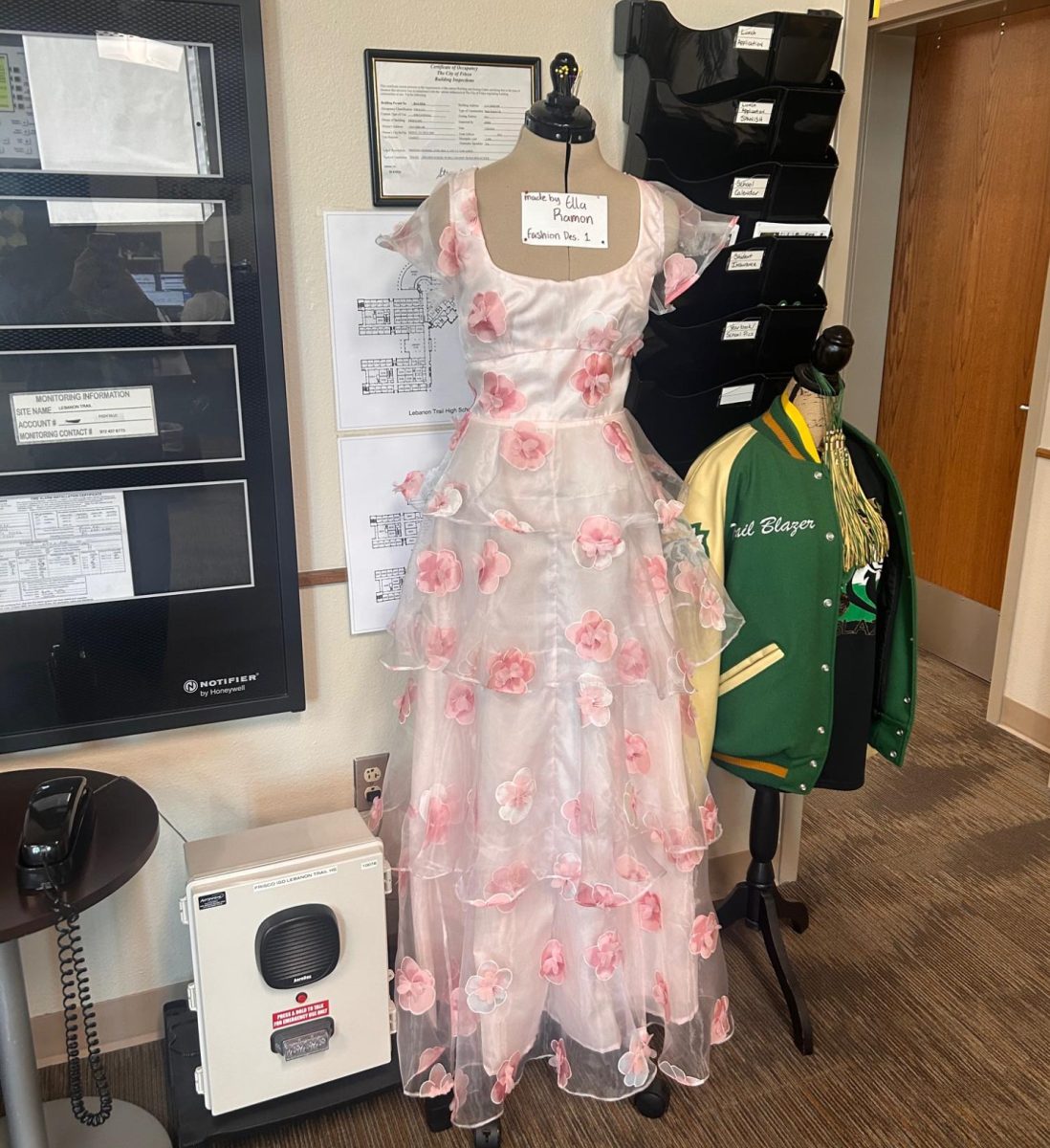While it might be controversial for some, maybe even ironic to an offending fault, there is some truth that lies behind it all: Hispanic Heritage Month is an opportunity to let Latinx and Spanish speaking communities shine and celebrate their history, a time to come together and applaud the victories and the battles won by the Hispanics in the past and the present. Historical and current situations vary, but some things remain: the hard work, hardships, and traditions; and while the celebrations and decorations veil over the severity of the situations with glittery ribbons of camaraderie and support, there are serious topics that need to be discussed and the media should do more then simply hang up glitzy decor and call it recognition.
Hispanic Heritage Month can trace its roots back to 1968. Using the Civil Rights Movement to propel itself forward, demand for Hispanic recognition had reached an all-time high. In consequence, California congressman George E. Brown established a commemorative week that would celebrate Hispanic history in the US and its impact on the development of the country, which spans more than a 100 years. However, this week-long celebration was only temporary because that same year Congress passed Public Law 90-48, which authorized the president to issue annual national celebrations, marking the beginning of Hispanic Heritage Month.
Traditionally, people celebrate Hispanic Heritage month by donating to nonprofits, attending Latinx festivals, art exhibitions, conferences, and more. This year in the Dallas metroplex, for instance, there were several celebrations: Denton county offered live Mariachi music, the Dallas Public Library had a “Make your own Papel Picado” event, UT Southwestern had a food festival, and there were numerous other events as well. As a matter of fact, there is no need to look far to find a fun and entertaining Hispanic Heritage Month activity, our very own school is running a candy drive on October 23rd through the 27th, and students are encouraged to stop by and buy treats originating from the Spanish speaking world.
While the celebrations are well-meant and more than merited, sometimes the glittery exterior of the event can outshine the true purpose of it. This phenomenon doesn’t only happen with Hispanic Heritage Month, but also with any other activity designed to truly value the essence and nature of a group of people. When parties are thrown into the mix, it’s common that the most important factors tend to be overshadowed by the excitement of the experience. However, it is extremely important to remember that this month stands not only to celebrate the surface level aspects of Hispanic culture, but also the integral parts that make up the Hispanic communities in the US—especially what they’ve accomplished. This month should be used by the media to advocate for improvement.
For the protection of struggling Latinos that are looking for a better future, for those that are endangered by the system, and those that the very system leaves behind. For the kids that come to the US with no family, for the ones that have no one to help them except for the federal government. That’s what’s most important.
Not the parties, but the advocacy and action being taken towards the improvement of current situations, and the remembrance of what the Hispanic community has already suffered and done to get to where they are now.








![McNamee, WM. (2014) "White House Press Briefing" [Photo]. Getty Images](https://lthsvanguard.com/wp-content/uploads/2025/03/170110-white-house-podium-getty-1160-1200x651.jpg)





